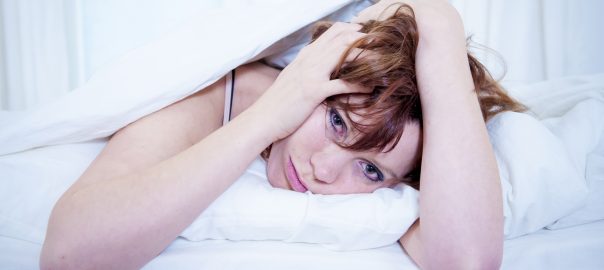Restless Leg Syndrome (RLS), also known as Willis-Ekbom Disease, is a neurological condition that causes an overwhelming urge to move the legs, typically accompanied by uncomfortable sensations such as itching, crawling, tingling, or burning. These symptoms most often occur when at rest, particularly in the evening or night, making it difficult for individuals to relax or sleep. RLS can lead to sleep deprivation, resulting in fatigue, irritability, and a diminished quality of life.
Causes of Restless Leg Syndrome
The exact cause of RLS is not fully understood, but there are several factors believed to contribute to its development:
- Genetics: A family history of RLS suggests a genetic component. Certain genes have been linked to the condition, particularly in people who develop RLS before the age of 40.
- Iron Deficiency: Low levels of iron in the brain have been associated with RLS. Iron plays a critical role in dopamine production, and dopamine deficiency can impair the function of the nervous system, triggering RLS symptoms.
- Chronic Diseases: Conditions such as diabetes, kidney disease, Parkinson’s disease, and peripheral neuropathyare linked to a higher risk of RLS. These underlying conditions can damage the nerves and lead to the sensations associated with RLS.
- Medications: Certain medications, such as antihistamines, antidepressants, and antipsychotics, can worsen or trigger RLS symptoms in some people.
- Pregnancy: Hormonal changes during pregnancy, especially in the third trimester, can lead to temporary RLS. This usually resolves after childbirth.
Treatment Options
While there is no cure for RLS, several treatments can help manage symptoms:
- Lifestyle Changes: Regular exercise, maintaining a consistent sleep schedule, and avoiding caffeine, alcohol, and nicotine can reduce the severity of symptoms.
- Iron Supplements: If RLS is linked to iron deficiency, iron supplementation may be prescribed, but only after blood tests confirm low iron levels.
- Medications: Several medications can help control RLS symptoms, including dopaminergic agents (such as ropinirole), anticonvulsants (like gabapentin), and opioids for severe cases. Benzodiazepines or other sleep aids may be recommended to improve sleep quality.
- Leg Massages and Warm Baths: Simple remedies like massaging the legs or soaking them in warm water before bed can provide temporary relief and help promote relaxation.
Restless Leg Syndrome is a condition that can severely impact sleep and daily life, but it is manageable with the right treatment. By understanding the potential causes and implementing lifestyle changes, along with medical interventions, many individuals with RLS can find relief and improve their quality of life. If you suspect you have RLS, it’s important to consult a healthcare provider for an accurate diagnosis and personalized treatment plan.
For more information on health and preventive care, contact Dr. Gordon C. Gunn MD in Fullerton, CA at 714-912-2211 or visit our website at www.gordongunnmd.com.
Dr. Gordon Gunn proudly serves Buena Park, La Mirada, Yorba Linda, Diamond Bar, Walnut, and surrounding areas.

